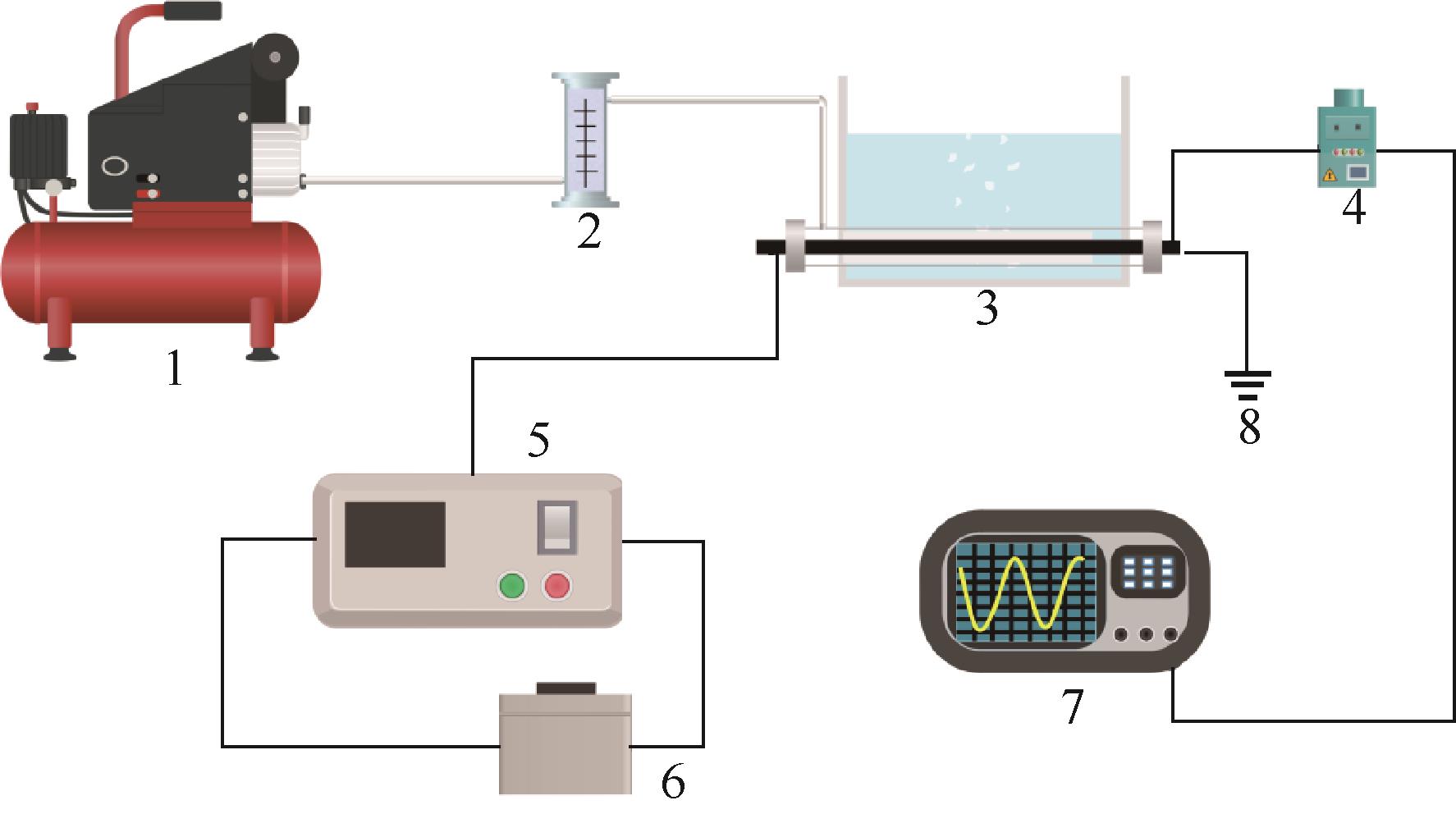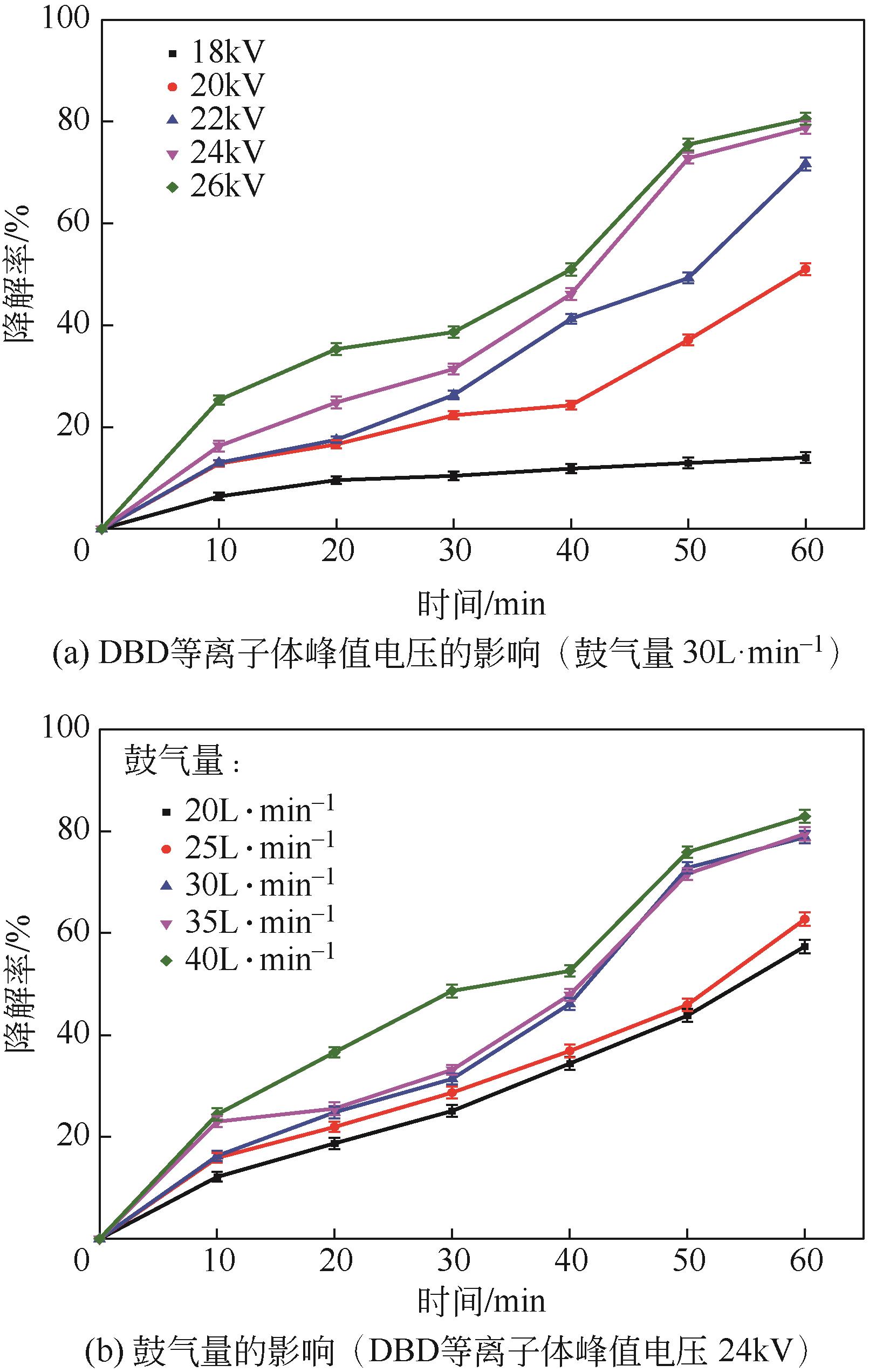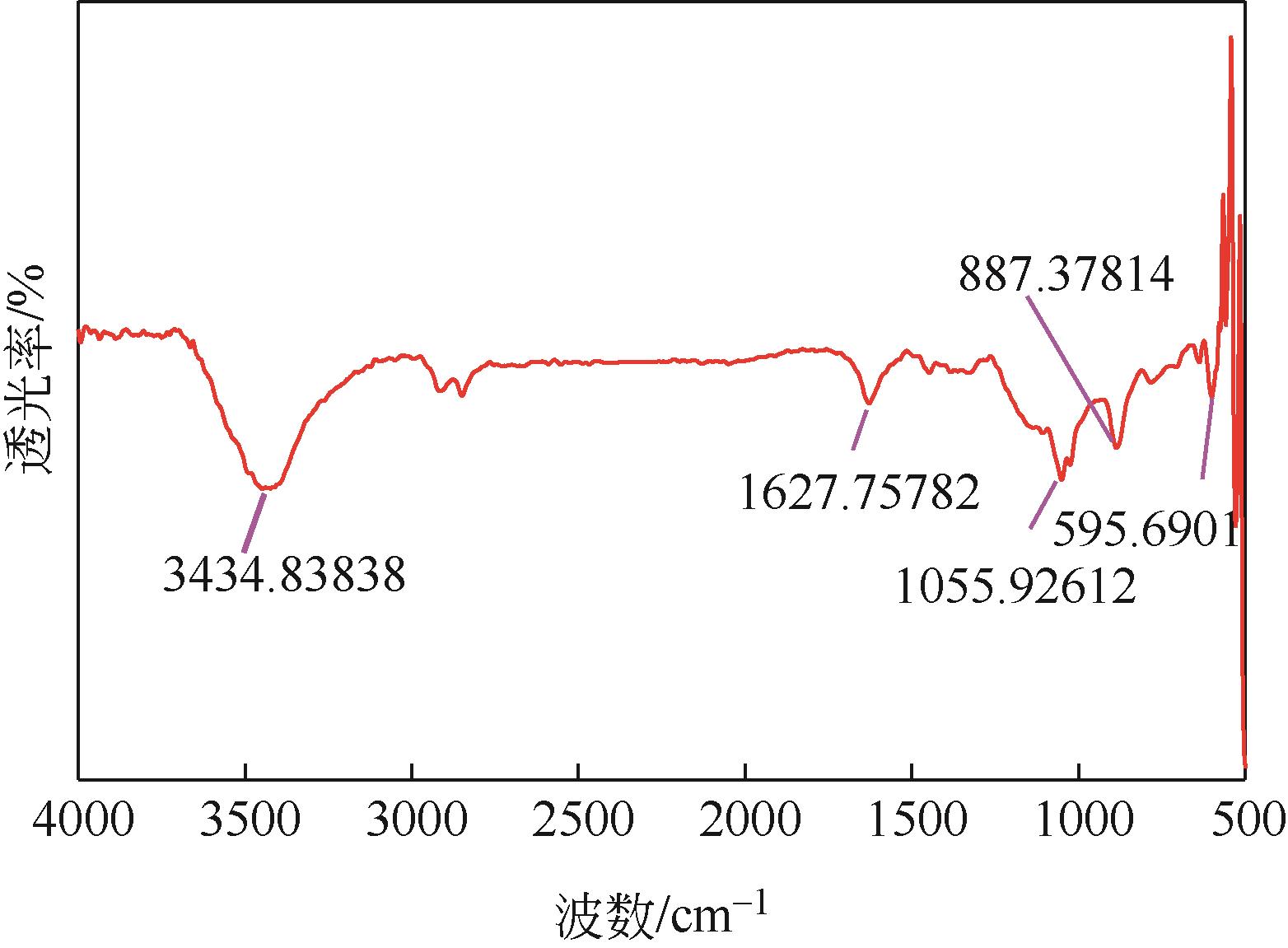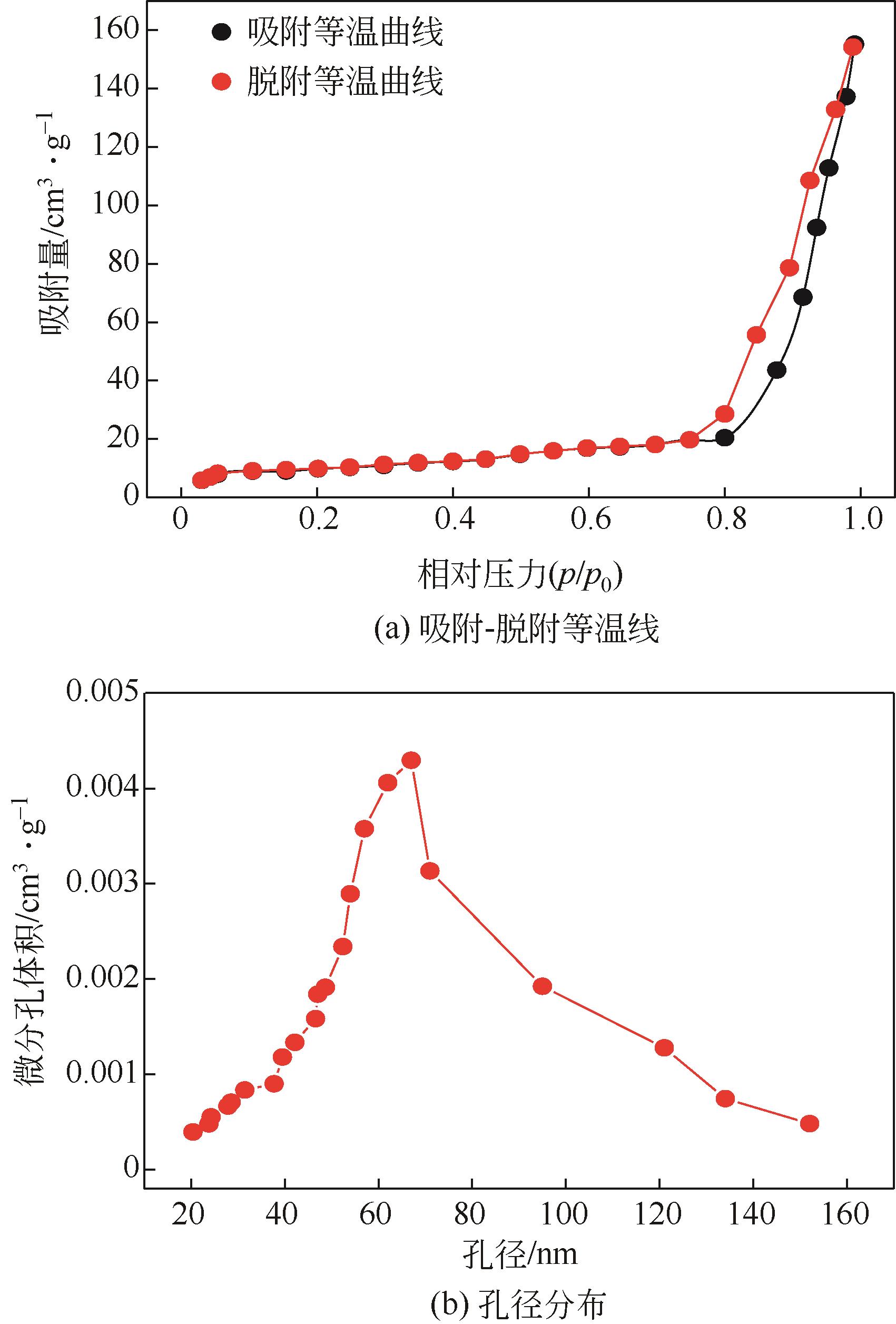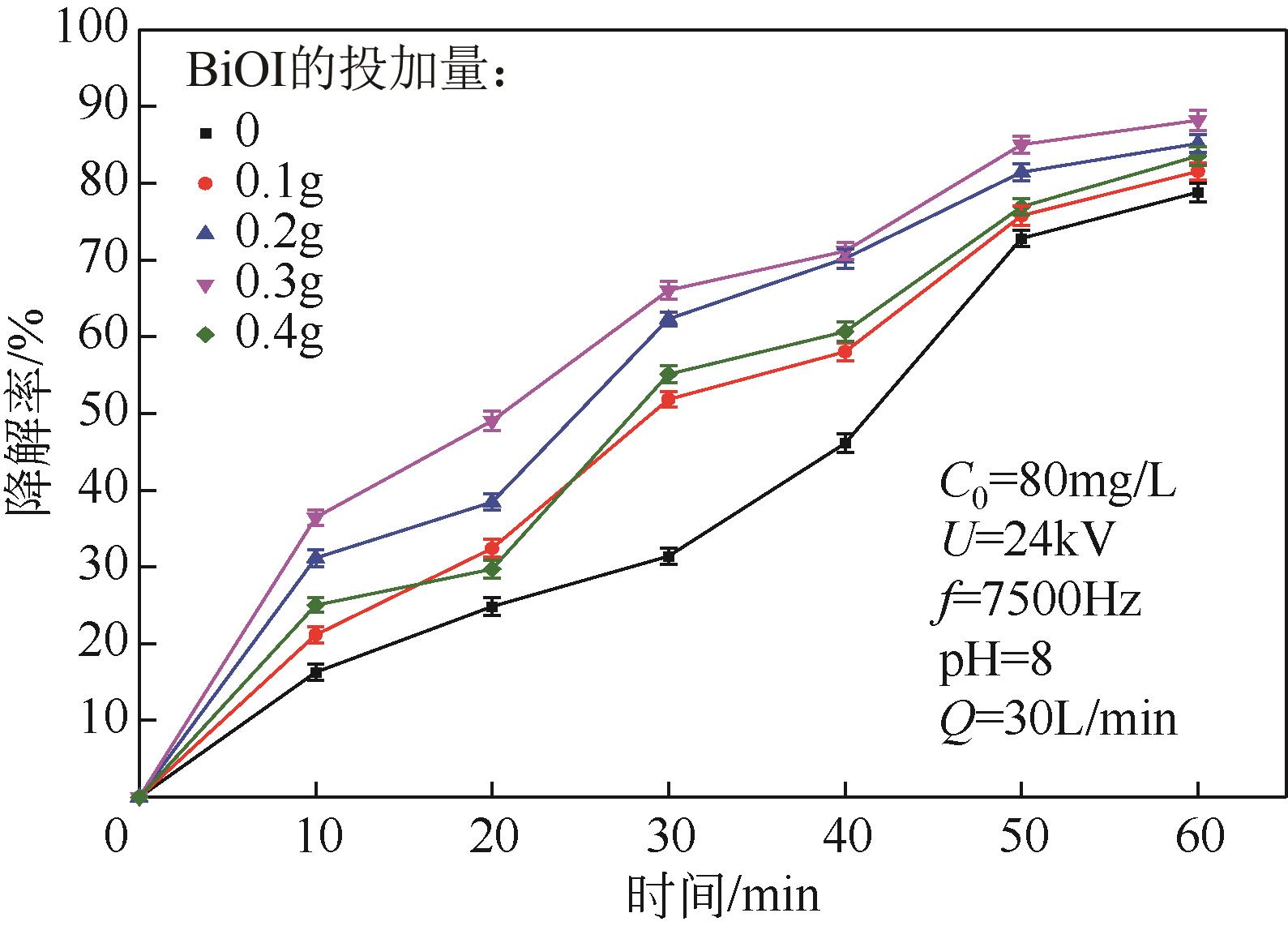化工进展 ›› 2024, Vol. 43 ›› Issue (3): 1565-1575.DOI: 10.16085/j.issn.1000-6613.2023-0367
• 资源与环境化工 • 上一篇
DBD等离子体耦合BiOI催化材料降解苯甲羟肟酸的特性与机制
- 江西理工大学资源与环境工程学院,江西 赣州 341000
-
收稿日期:2023-03-10修回日期:2023-06-28出版日期:2024-03-10发布日期:2024-04-11 -
通讯作者:董冰岩 -
作者简介:董冰岩(1974—),教授,博士生导师,研究方向为放电等离子体技术在环境保护中的应用技术。E-mail:dongbingyan1@sina.com。 -
基金资助:国家自然科学基金(51567010)
Performance and mechanism of the degradation of benzohydroxamic acid by DBD plasma-coupled BiOI catalytic materials
DONG Bingyan( ), LI Zhendong, WANG Peixiang, TU Wenjuan, TAN Yanwen, ZHANG Qin
), LI Zhendong, WANG Peixiang, TU Wenjuan, TAN Yanwen, ZHANG Qin
- College of Resources and Environmental Engineering, Jiangxi University of Science and Technology, Ganzhou 341000, Jiangxi, China
-
Received:2023-03-10Revised:2023-06-28Online:2024-03-10Published:2024-04-11 -
Contact:DONG Bingyan
摘要:
常温常压下,以苯甲羟肟酸(BHA)为处理对象建立了介质阻挡放电(DBD)等离子体催化体系。研究了放电参数对等离子体降解BHA的影响规律,对水热合成法制备的催化材料进行了系列表征分析,考察了各因素对BHA降解的影响,分析了DBD等离子体耦合催化剂降解BHA过程中总有机碳(TOC)、pH、∙OH自由基等的变化,通过液相色谱-质谱联用仪分析了降解反应过程的中间产物并探讨了BHA的降解机理。表征结果显示合成的BiOI具有高比表面积、高孔体积、高纯度的介孔纳米片微球,且DBD可以改变催化剂的晶型和结构,具有更高的催化性能。降解性能结果表明,峰值电压、鼓气量等对BHA降解率有很大影响;BHA浓度为80mg/L、体积1000mL,在峰值电压24kV,频率7500Hz,鼓气量30L/min条件下,添加0.3g BiOI催化剂与DBD等离子体耦合效果最好,相对于单一DBD体系,BHA降解率由78.8%提高到88.2%。降解机理分析可知,∙OH是BHA降解的重要活性物质,在等离子体催化作用下,BHA被氧化开环,转化为苯甲酸和乙醇酸等中间体,最终生成H2O和CO
中图分类号:
引用本文
董冰岩, 李贞栋, 王佩祥, 涂文娟, 谭艳雯, 张芹. DBD等离子体耦合BiOI催化材料降解苯甲羟肟酸的特性与机制[J]. 化工进展, 2024, 43(3): 1565-1575.
DONG Bingyan, LI Zhendong, WANG Peixiang, TU Wenjuan, TAN Yanwen, ZHANG Qin. Performance and mechanism of the degradation of benzohydroxamic acid by DBD plasma-coupled BiOI catalytic materials[J]. Chemical Industry and Engineering Progress, 2024, 43(3): 1565-1575.
| 序号 | 产物 | 质荷比(m/z) | 结构式 |
|---|---|---|---|
| 1 | N-hydroxybenzamide (苯甲羟肟酸) | 138.055 |  |
| 2 | benzoic acid (苯甲酸) | 123.0441 | 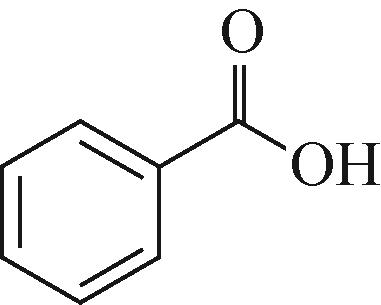 |
| 3 | 2-hydroxyacetic acid (乙醇酸) | 77.0233 | 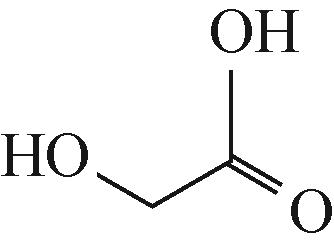 |
| 4 | but-2-ynedioic acid (丁炔二酸) | 115.0026 | 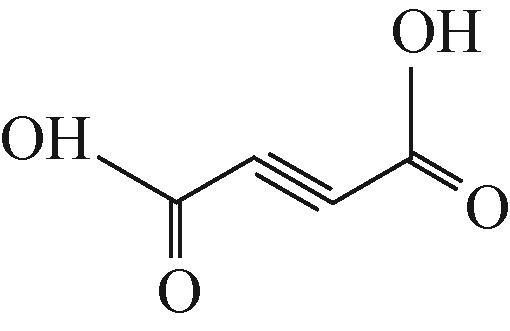 |
表1 BHA降解产物
| 序号 | 产物 | 质荷比(m/z) | 结构式 |
|---|---|---|---|
| 1 | N-hydroxybenzamide (苯甲羟肟酸) | 138.055 |  |
| 2 | benzoic acid (苯甲酸) | 123.0441 |  |
| 3 | 2-hydroxyacetic acid (乙醇酸) | 77.0233 |  |
| 4 | but-2-ynedioic acid (丁炔二酸) | 115.0026 |  |
| 1 | YU Xinyang, ZHANG Ruirui, YANG Siyuan, et al. A novel decanedioic hydroxamic acid collector for the flotation separation of bastnäsite from calcite[J]. Minerals Engineering, 2020, 151: 106306. |
| 2 | CHAI Youzheng, QIN Pufeng, ZHANG Jiachao, et al. Simultaneous removal of Fe(Ⅱ) and Mn(Ⅱ) from acid mine wastewater by electro-Fenton process[J]. Process Safety and Environmental Protection, 2020, 143: 76-90. |
| 3 | 唐清, 钟宏, 王帅, 等. 羟肟酸类化合物的合成与应用研究进展[J]. 化工进展, 2014, 33(3): 703-709. |
| TANG Qing, ZHONG Hong, WANG Shuai, et al. Research progress on the synthesis and application of hydroxamic acid compounds[J]. Chemical Industry and Engineering Progress, 2014, 33(3): 703-709. | |
| 4 | XIAO Wei, SHAO Yanhai, YU Jiayi, et al. Activation of ilmenite flotation by Al3+ in the benzohydroxamic acid (BHA) system[J]. Separation and Purification Technology, 2022, 299: 121770. |
| 5 | HAN Guihong, DU Yifan, HUANG Yanfang, et al. Efficient removal of hazardous benzohydroxamic acid (BHA) contaminants from the industrial beneficiation wastewaters by facile precipitation flotation process[J]. Separation and Purification Technology, 2021, 279: 119718. |
| 6 | PANG Wancheng, YAO Jun, KNUDSEN Tatjanašolević, et al. Degradation of three typical hydroxamic acids collectors via UVA-B activated H2O2 and persulfate: Kinetics, transformation pathway, DFT calculation and toxicity evaluation[J]. Chemical Engineering Journal, 2023, 451: 138639. |
| 7 | 张大超, 陈敏, 代振鹏, 等. 真空紫外/曝气氧化降解苯甲羟肟酸模拟废水[J]. 化工进展. 2017, 36(7): 2639-2644. |
| ZHANG Dachao, CHEN Min, DAI Zhenpeng, et al. Effect of oxidative degradation of benzoic acid simulated wastewater by VUV/air[J]. Chemical Industry and Engineering Progress, 2017, 36(7): 2639-2644. | |
| 8 | 胡纯, 王灿, 龚文琪, 等. 三种羟肟酸捕收剂的微生物降解研究[J]. 湖北农业科学, 2013, 52(11): 2505-2507. |
| HU Chun, WANG Can, GONG Wenqi, et al. Study on the biodegradation of three hydroxamic acid collectors[J]. Hubei Agricultural Sciences, 2013, 52(11): 2505-2507. | |
| 9 | 祝思频, 王春英, 王俊蔚, 等. Gd掺杂锐钛矿型TiO2光催化剂的制备及降解苯甲羟肟酸活性[J]. 硅酸盐学报, 2017, 45(10): 1495-1502. |
| ZHU Sipin, WANG Chunying, WANG Junyu, et al. Preparation and degradation activity for benzohydroxamic acid of Gd-doped anatase TiO2 photocatalysts[J]. Journal of the Chinese Ceramic Society, 2017, 45(10): 1495-1502. | |
| 10 | 章丽萍, 项俊, 严振宇, 等. O3降解水杨羟肟酸选矿废水机理研究[J]. 矿业科学学报, 2019, 4(1): 79-85. |
| ZHANG Liping, XIANG Jun, YAN Zhenyu, et al. Mechanism study on ozonization degradation of salicylhydroxamic acid in flotation wastewater[J]. Journal of Mining Science and Technology, 2019, 4(1): 79-85. | |
| 11 | NIPPATLAPALLI Narasamma, RAMAKRISHNAN Kamaraj, PHILIP Ligy. Enhanced degradation of complex organic compounds in wastewater using different novel continuous flow non-Thermal pulsed corona plasma discharge reactors[J]. Environmental Research, 2022, 203: 111807. |
| 12 | 董冰岩, 李贞栋, 王佩祥,等. 脉冲气液两相放电等离子体耦合Fe改性的TiO2催化剂降解废水中的4-氯酚[J]. 化工进展, 2021, 40(12): 6721-6728. |
| DONG Bingyan, LI Zhendong, WANG Peixiang, et al. 4-Chlorophenol containing wastewater joint treated by pulsed discharge plasma in gas-liquid two phase and Fe-modified TiO2 catalyst[J]. Chemical Industry and Engineering Progress, 2021, 40(12): 6721-6728. | |
| 13 | GAO Xiaoting, HUANG Keliang, ZHANG Ai, et al. Simultaneous degradation of glucocorticoids and sterilization using bubbling corona discharge plasma based systems: A promising terminal water treatment facility for hospital wastewater[J]. Chemical Engineering Journal, 2022, 430: 132845. |
| 14 | FANG Cao, WANG Shenhao, SHAO Changsheng, et al. Study of detoxification of methyl parathion by dielectric barrier discharge (DBD) non-thermal plasma at gas-liquid interface:Mechanism and bio-toxicity evaluation[J]. Chemosphere, 2022, 307: 135620. |
| 15 | 董博, 王保伟, 迟春梅, 等. 添加剂对等离子体降解亚甲基蓝的影响[J]. 化工进展, 2017, 36(2): 705-711. |
| DONG Bo, WANG Baowei, CHI Chunmei, et al. The effects of additives on the degradation of methylene blue using plasma[J]. Chemical Industry and Engineering Progress, 2017, 36(2): 705-711. | |
| 16 | WANG Xiaoping, HUANG Qiulin, DING Sheguang, et al. Micro hollow cathode excited dielectric barrier discharge (DBD) plasma bubble and the application in organic wastewater treatment[J]. Separation and Purification Technology, 2020, 240: 116659. |
| 17 | REN Jingyu, JIANG Nan, SHANG Kefeng, et al. Synergistic degradation of trans-ferulic acid by water falling film DBD plasma coupled with cobalt oxyhydroxide: performance and mechanisms[J]. Chemical Engineering Journal, 2019, 372: 321-331. |
| 18 | 王思怡, 李月慧, 葛玉洁, 等. NTP-DBD气化城市污泥及其模型化合物:气氛对产物分布及特性的影响[J]. 化工进展, 2022, 41(4): 2150-2160. |
| WANG Siyi, LI Yuehui, GE Yujie, et al. Gasification of sewage sludge and its model compounds with NTP-DBD: Effect of atmosphere on product distribution and properties[J]. Chemical Industry and Engineering Progress, 2022, 41(4): 2150-2160. | |
| 19 | WU Jiali, XIONG Qing, LIANG Jialiang, et al. Degradation of benzotriazole by DBD plasma and peroxymonosulfate: mechanism, degradation pathway and potential toxicity[J]. Chemical Engineering Journal, 2020, 384: 123300. |
| 20 | RAHIMPOUR Mohammad, TAGHVAEI Hamed, RAHIMPOUR Mohammad Reza. Degradation of crystal violet in water solution using post discharge DBD plasma treatment: Factorial design experiment and modeling[J]. Chemosphere, 2019, 232: 213-223. |
| 21 | 刘丹, 张连成, 黄逸凡, 等. 双杆介质阻挡放电降解酸性红73废水[J]. 化工进展, 2018, 37(9): 3640-3648. |
| LIU Dan, ZHANG Liancheng, HUANG Yifan, et al. Degradation of Brilliant Crocein wastewater by double-rod dielectric barrier discharge[J]. Chemical Industry and Engineering Progress, 2018, 37(9): 3640-3648. | |
| 22 | LI Zhen, WANG Yawen, GUO He, et al. Insights into water film DBD plasma driven by pulse power for ibuprofen elimination in water: Performance, mechanism and degradation route[J]. Separation and Purification Technology, 2021, 277: 119415. |
| 23 | HUANG Qing, FANG Cao. Degradation of 3,3’,4,4’-tetrachlorobiphenyl (PCB77) by dielectric barrier discharge (DBD) non-thermal plasma: Degradation mechanism and toxicity evaluation[J]. Science of the Total Environment, 2020, 739: 139926. |
| 24 | KHAN Muhammad Saiful Islam, KIM Yun Ji. Dielectric barrier discharge (DBD) plasma induced flavonoid degradation kinetics and mechanism in water[J]. LWT, 2020, 118: 108777. |
| 25 | ZHANG Huihui, XIAO Sisi, DU Yansheng, et al. Catalysis of MnO2-cellulose acetate composite films in DBD plasma system and sulfamethoxazole degradation by the synergistic effect[J]. Separation and Purification Technology, 2022, 298: 121608. |
| 26 | DENG Ruoyu, HE Qiang, YANG Dongxu, et al. Enhanced synergistic performance of nano-Fe0-CeO2 composites for the degradation of diclofenac in DBD plasma[J]. Chemical Engineering Journal, 2021, 406: 126884. |
| 27 | SHANG Kefeng, LI Wenfeng, WANG Xiaojing, et al. Degradation of p-nitrophenol by DBD plasma/Fe2+/persulfate oxidation process[J]. Separation and Purification Technology, 2019, 218: 106-112. |
| 28 | PENG Haiyang, DUAN Lijuan, XIE Wuming, et al. Enhanced removal of Cr(Ⅵ) from wastewater by dielectric barrier discharge plasma coupled with TiO2/rGO nanocomposites: Catalytic performance and reduction mechanism[J]. Separation and Purification Technology, 2022, 298: 121609. |
| 29 | LU Wei, SANG Wenjiao, JIA Danni, et al. Improvement of degradation of Orange G in aqueous solution by Fe2+ added in dielectric barrier discharge plasma system[J]. Journal of Water Process Engineering, 2022, 47: 102707. |
| 30 | HOJAMBERDIEV Mirabbos, KADIROVA Zukhra C, MAKINOSE Yuki, et al. Influence of BiOI content on the photocatalytic activity of Bi2WO6/BiOI/allophane composites and molecular modeling studies of acetaldehyde adsorption[J]. Journal of the Taiwan Institute of Chemical Engineers, 2017, 81: 258-264. |
| 31 | 张进, 徐丹, 冒彩云. 碘氧化铋的制备及可见光催化性能研究[J]. 化工新型材料, 2018, 46(5): 192-194. |
| ZHANG Jin, XU Dan, MAO Caiyun. Synthesis and photocatalytic application of visible-light-driven BiOI photocatalyst[J]. New Chemical Materials, 2018, 46(5):192-194. | |
| 32 | ZHU Jiaqian, LI Jiaying, LI Yuying, et al. Adsorption of phosphate and photodegradation of cationic dyes with BiOI in phosphate-cationic dye binary system[J]. Separation and Purification Technology, 2019, 223: 196-202. |
| 33 | LONG Yang, WANG Yi, ZHANG Dun, et al. Facile synthesis of BiOI in hierarchical nanostructure preparation and its photocatalytic application to organic dye removal and biocidal effect of bacteria[J]. Journal of Colloid and Interface Science, 2016, 481: 47-56. |
| 34 | DIEZ Laurent, LIVERTOUX Marie Hélène, STARK Avishay Abraham, et al. High-performance liquid chromatographic assay of hydroxyl free radical using salicylic acid hydroxylation during in vitro experiments involving thiols[J]. Journal of Chromatography B: Biomedical Sciences and Applications, 2001, 763(1): 185-193. |
| 35 | SHEN Tianyao, WANG Xiaojing, XU Peng, et al. Effect of dielectric barrier discharge plasma on persulfate activation for rapid degradation of atrazine: Optimization, mechanism and energy consumption[J]. Environmental Research, 2022, 212: 113287. |
| 36 | FANG Cao, SHAO Changsheng, WANG Shenhao, et al. Simultaneous removal of levofloxacin and sulfadiazine in water by dielectric barrier discharge (DBD) plasma: Enhanced performance and degradation mechanism[J]. Process Safety and Environmental Protection, 2023, 171: 459-469. |
| 37 | DONG Shanshan, FAN Liumin, MA Yunfang, et al. Inactivation of polyphenol oxidase by dielectric barrier discharge (DBD) plasma: Kinetics and mechanisms[J]. LWT, 2021, 145: 111322. |
| 38 | GUO He, YANG Hao, HUANG Jingwen, et al. Theoretical and experimental insight into plasma-catalytic degradation of aqueous p-nitrophenol with graphene-ZnO nanoparticles[J]. Separation and Purification Technology, 2022, 295: 121362. |
| 39 | 姬磊, 于瑞敏, 王浩人, 等. BiOCl/NaBiO3复合材料的原位合成及光催化性能[J]. 高等学校化学学报, 2015, 36(3): 551-558. |
| JI Lei, YU Ruimin, WANG Haoren, et al. In-situ synthesis of BiOCl/NaBiO3 composites and their photocatalytic activities[J]. Chemical Journal of Chinese Universities, 2015, 36(3): 551-558. | |
| 40 | SUN Xiaoming, LU Jia, WU Jiang, et al. Enhancing photocatalytic activity on gas-phase heavy metal oxidation with self-assembled BiOI/BiOCl microflowers[J]. Journal of Colloid and Interface Science, 2019, 546: 32-42. |
| 41 | 卞俊杰, 王万圆, 满恒孝, 等. BiOX(Cl, Br, I)/Bi2WO6异质结型复合光催化剂用于高浓度氮氧化物的脱除[J]. 化工进展, 2021, 40(11): 6094-6101. |
| BIAN Junjie, WANG Wanyuan, MAN Hengxiao, et al. BiOX(CI,Br,I)/Bi2WO6 heterojunction composites as photocatalysts for high concentration NO removal[J]. Chemical Industry and Engineering Progress, 2021, 40(11): 6094-6101. | |
| 42 | NIU Jinfen, DAI Peixuan, WANG Kai, et al. Microwave-assisted synthesis of high efficient α-Fe2O3/BiOI composites and its performance in photocatalytic degardation of organic pollutants[J]. Advanced Powder Technology, 2020, 31(6): 2327-2336. |
| 43 | ARUMUGAM Malathi, YU Yiseul, JUNG Hyeon Jin, et al. Solvent-mediated synthesis of BiOI with a tunable surface structure for effective visible light active photocatalytic removal of Cr(Ⅵ) from wastewater[J]. Environmental Research, 2021, 197: 111080. |
| 44 | VAHABIRAD Samira, Alireza NEZAMZADEH-EJHIEH. Co-precipitation synthesis of BiOI/(BiO)2CO3: Brief characterization and the kinetic study in the photodegradation and mineralization of sulfasalazine[J]. Journal of Solid State Chemistry, 2022, 310: 123018. |
| 45 | LI Jianhui, YANG Chunmei, ZHANG Shen, et al. Synthesis and property analysis of high magnetic and stable ternary composite Fe3O4/BiOBr/BiOI[J]. Chemical Physics Letters, 2021, 785: 139159. |
| 46 | WANG Xiaobing, WANG Lu, LIU Kai, et al. Study on degradation of wastewater containing PAM catalyzed by nonequilibrium plasma and γ-Al2O3 [J]. Journal of Water Process Engineering, 2022, 49: 103065. |
| 47 | FENG Jingwei, ZHENG Zheng, SUN Yabing, et al. Degradation of diuron in aqueous solution by dielectric barrier discharge[J]. Journal of Hazardous Materials, 2008, 154(1/2/3): 1081-1089. |
| 48 | 谢瑞, 陈超, 李武华, 等. 气液相等离子体放电水处理反应器及苯酚降解分析[J]. 高电压技术, 2010, 36(11): 2791-2796. |
| XIE Rui, CHEN Chao, LI Wuhua, et al. Analysis on gas-liquid hybrid plasma discharge reactor for wastewater treatment and phenol degradation[J]. High Voltage Engineering, 2010, 36(11): 2791-2796. | |
| 49 | CHEN Yongyang, SUN Xiaomin, ZHENG Lijiao, et al. Synergistic catalysis induced by a multi-component system constructed by DBD plasma combined with α-Fe2O3/FeVO4/HCP and peroxymonosulfate for gatifloxacin removal[J]. Chemosphere, 2023, 332: 138838. |
| 50 | DONG Senlin, WANG Yifan, YANG Jie, et al. Performance and mechanism analysis of degradation of toluene by DBD plasma-catalytic method with MnO x /Al2O3 catalyst[J]. Fuel, 2022, 319: 123721. |
| 51 | AGGELOPOULOS C A, MEROPOULIS S, HATZISYMEON M, et al. Degradation of antibiotic enrofloxacin in water by gas-liquid nsp-DBD plasma: Parametric analysis, effect of H2O2 and CaO2 additives and exploration of degradation mechanisms[J]. Chemical Engineering Journal, 2020, 398: 125622. |
| 52 | DONG Bingyan, WANG Peixiang, LI Zhendong, et al. Degrading hazardous benzohydroxamic acid in the industrial beneficiation wastewater by dielectric barrier discharge reactor[J]. Separation and Purification Technology, 2022, 299: 121644. |
| 53 | LI Mengke, HE Zhiguo, ZHONG Hui, et al. A novel multi-components hierarchical porous composite prepared from solid wastes for benzohydroxamic acid degradation[J]. Journal of Colloid and Interface Science, 2023, 630: 714-726. |
| [1] | 刘方旺, 韩艺, 张佳佳, 步红红, 王兴鹏, 于传峰, 刘猛帅. CO2与环氧化物耦合制备环状碳酸酯的多相催化体系研究进展[J]. 化工进展, 2024, 43(3): 1252-1265. |
| [2] | 张鹏飞, 严张艳, 任亮, 张奎, 梁家林, 赵广乐, 张璠玢, 胡志海. C |
| [3] | 谷星朋, 马红钦, 刘嘉豪. 雷尼镍的磷量子点改性及其催化加氢脱硫性能[J]. 化工进展, 2024, 43(3): 1293-1301. |
| [4] | 张书铭, 刘化章. 基于BP神经网络模型优化Fe1-x O基氨合成催化剂[J]. 化工进展, 2024, 43(3): 1302-1308. |
| [5] | 李开瑞, 高照华, 刘甜甜, 李静, 魏海生. 还原温度调变Rh/FePO4催化剂喹啉选择加氢性能[J]. 化工进展, 2024, 43(3): 1342-1349. |
| [6] | 刘斌, 王勇军, 吕汪洋, 陈文兴. 高稳定性钛系聚酯催化剂TiOC@SiO2的制备及应用[J]. 化工进展, 2024, 43(3): 1395-1402. |
| [7] | 王雄, 康文倩, 任悦, 乔彤森, 张鹏, 黄安平, 李广全. 多孔有机聚合物中试制备及其在聚烯烃催化剂中的应用[J]. 化工进展, 2024, 43(3): 1412-1417. |
| [8] | 闫守成, 张慧华, 徐倩倩, 王煜坤. 石墨烯复合载体催化剂在柴油车尾气NO脱除中的应用[J]. 化工进展, 2024, 43(3): 1456-1465. |
| [9] | 陈晓贞, 刘丽, 杨成敏, 郑步梅, 尹晓莹, 孙进, 姚运海, 段为宇. 氧化铝基加氢脱硫催化剂研究进展[J]. 化工进展, 2024, 43(2): 948-961. |
| [10] | 丁康, 何军桥, 陈元捷, 杨霞珍, 刘化章, 霍超. Ru/Ba-MgO氨合成催化剂模板棉纤维的盐酸处理对催化性能的影响[J]. 化工进展, 2024, 43(2): 962-970. |
| [11] | 王达锐, 孙洪敏, 王一棪, 唐智谋, 李芮, 范雪研, 杨为民. 分子筛催化反应过程高效化的技术进展[J]. 化工进展, 2024, 43(1): 1-18. |
| [12] | 罗芬, 杨晓琪, 段方麟, 李小江, 吴亮, 徐铜文. 双极膜研究进展及应用展望[J]. 化工进展, 2024, 43(1): 145-163. |
| [13] | 盖宏伟, 张辰君, 屈晶莹, 孙怀禄, 脱永笑, 王斌, 金旭, 张茜, 冯翔, CHEN De. 有机液体储氢技术催化脱氢过程强化研究进展[J]. 化工进展, 2024, 43(1): 164-185. |
| [14] | 张家昊, 李盈盈, 徐彦琳, 尹佳滨, 张吉松. 微反应器中连续还原胺化反应的研究进展[J]. 化工进展, 2024, 43(1): 186-197. |
| [15] | 衡霖宇, 邓卓然, 程道建, 魏彬, 赵利强. 高通量合成装置强化金属催化剂制备过程的研究进展[J]. 化工进展, 2024, 43(1): 246-259. |
| 阅读次数 | ||||||
|
全文 |
|
|||||
|
摘要 |
|
|||||
